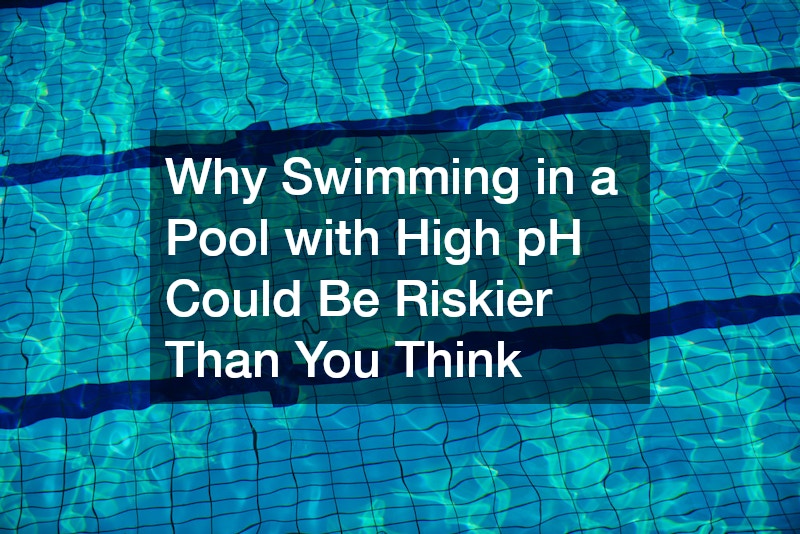Why Swimming in a Pool with High pH Could Be Riskier Than You Think

Swimming pools are a staple for relaxation and fun—especially in the midst of extreme summer heat. To make your swimming experience safe and enjoyable, maintaining the right chemical balance is crucial. One of the key factors in pool maintenance is the pH level, which measures how acidic or alkaline the water is. Ideally, pool water should have a pH of around 7.4. When the pH rises above this level, particularly reaching 8.0 or higher, it can cause several issues that make swimming riskier than you might think.
The Importance of pH Levels
pH levels are measured on a logarithmic scale, meaning each unit increase represents a tenfold increase in alkalinity. For example, a pH of 8 is 10 times more alkaline than a pH of 7, and a pH of 9 is 100 times more alkaline. This significant change can greatly affect the pool’s chemistry and safety.
Chlorine Effectiveness
One of the most important reasons to monitor and manage pH levels is the effectiveness of chlorine. Chlorine is essential for sanitizing pool water and keeping it free from harmful bacteria and pathogens. However, at high pH levels, chlorine becomes nearly ineffective. When pH levels rise above 8.0, chlorine’s ability to disinfect and kill germs diminishes drastically, leaving swimmers at risk of exposure to potential infections. To ensure chlorine remains effective, it’s crucial to lower pH in swimming pool when necessary.
Skin and Eye Irritation
High pH levels can also cause irritation for swimmers, especially those with sensitive skin. Individuals may experience rashes, itchy skin, or red, irritated eyes after swimming in water with elevated pH. This discomfort can significantly detract from the enjoyment of swimming and may lead to more severe skin issues in some cases.
For a safe and pleasant swimming experience, it’s essential to regularly test and maintain proper pH levels in your pool. Keeping the pH around 7.4 helps maximize chlorine effectiveness and minimize skin irritation, allowing everyone to enjoy a clean and comfortable swim.
.

